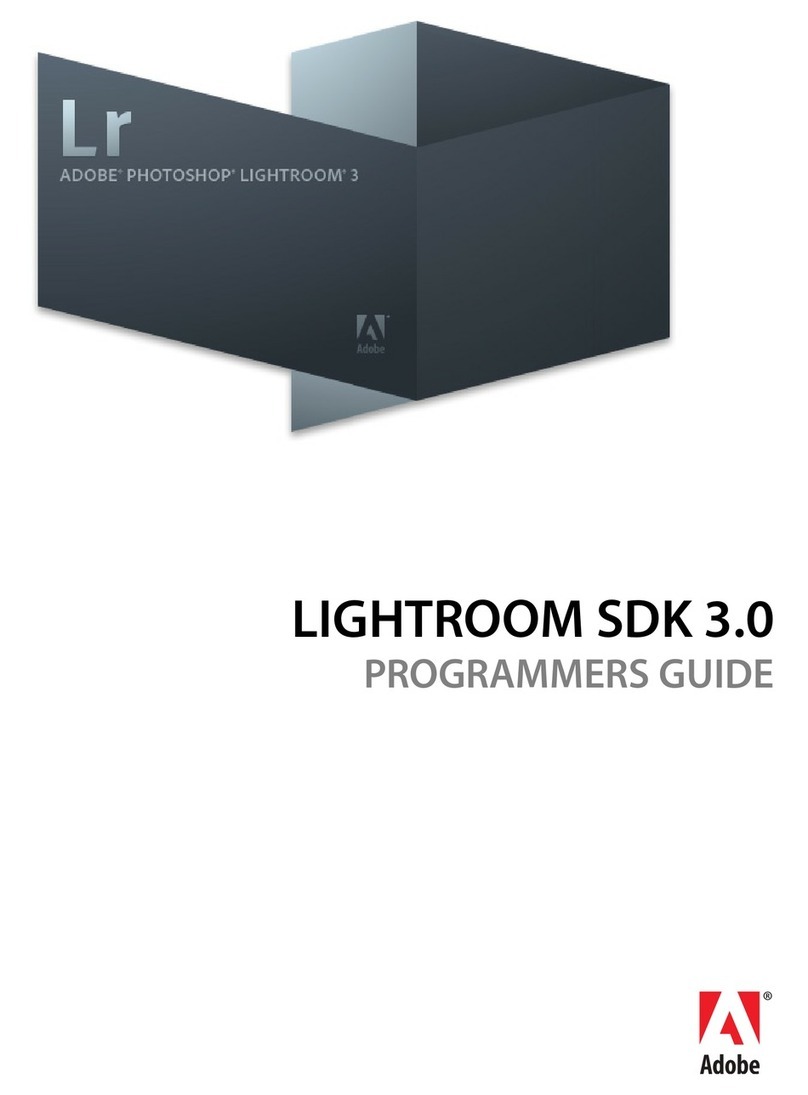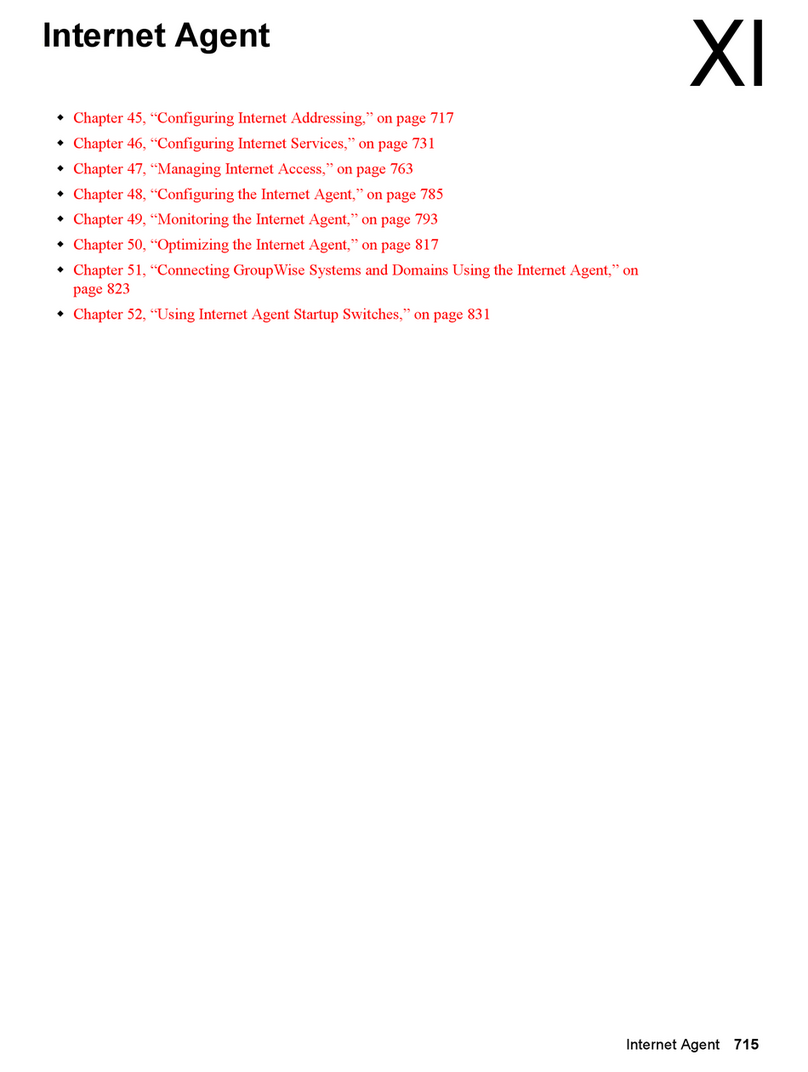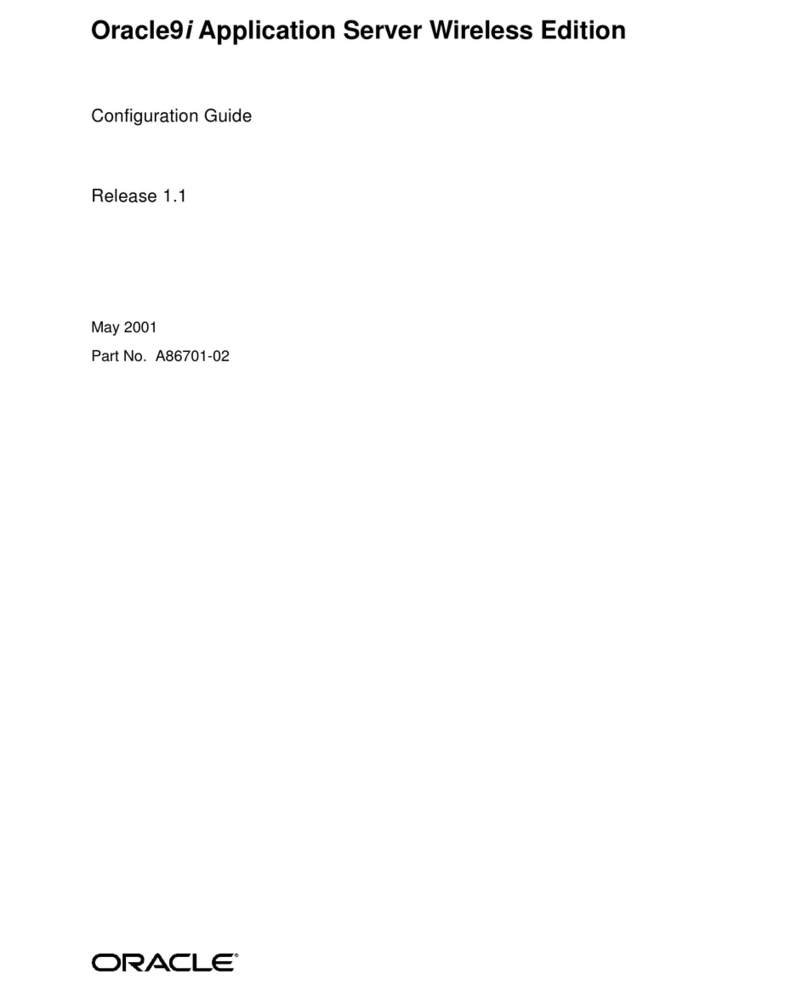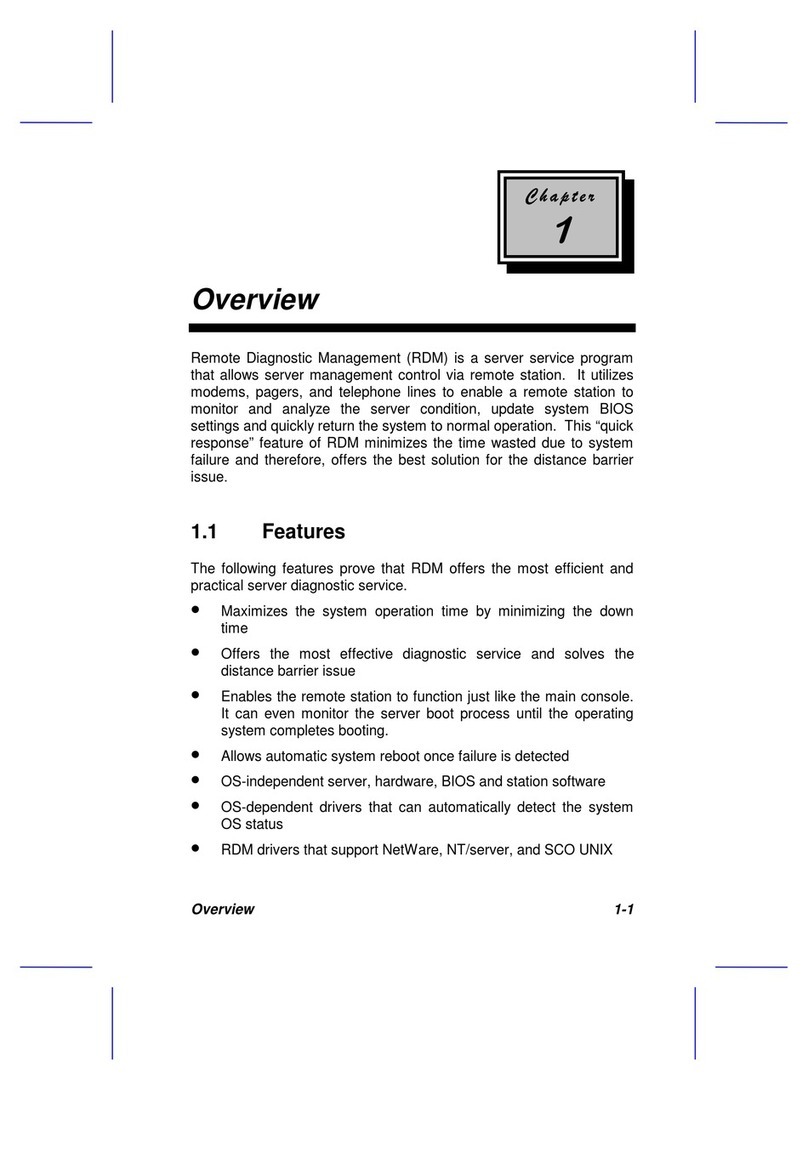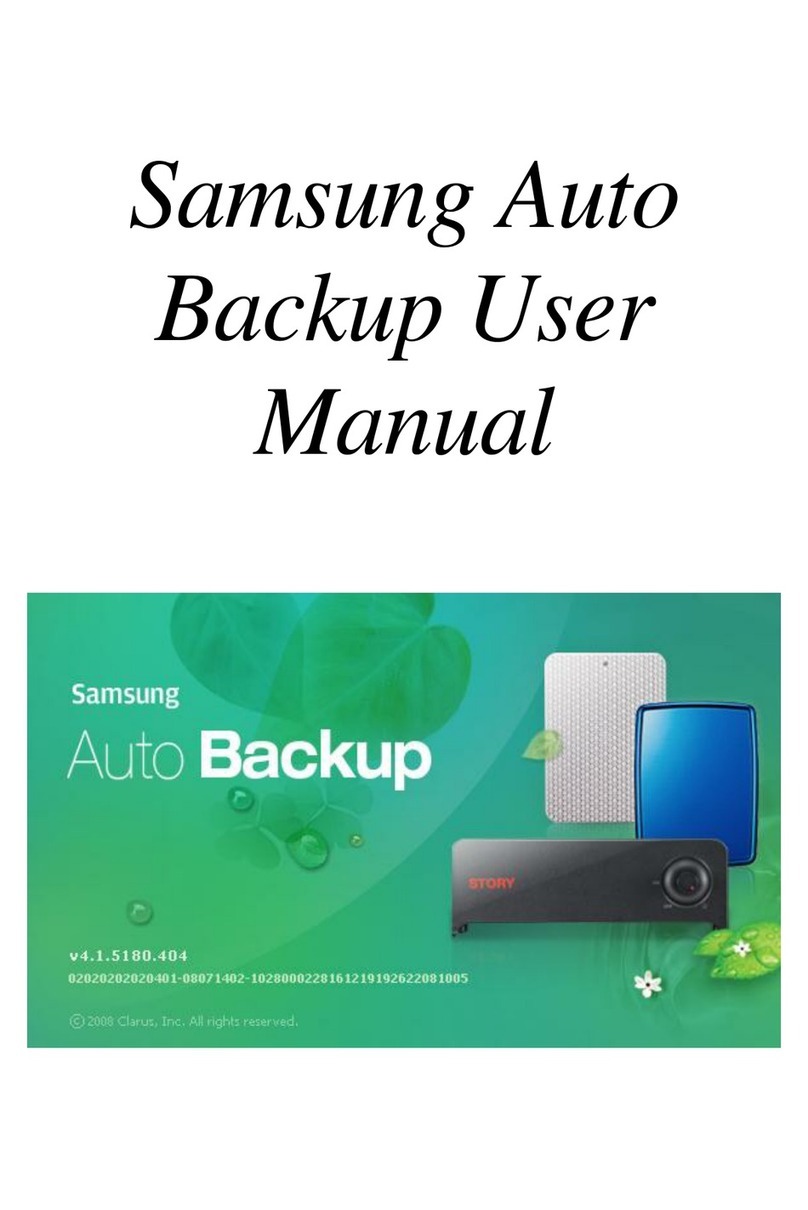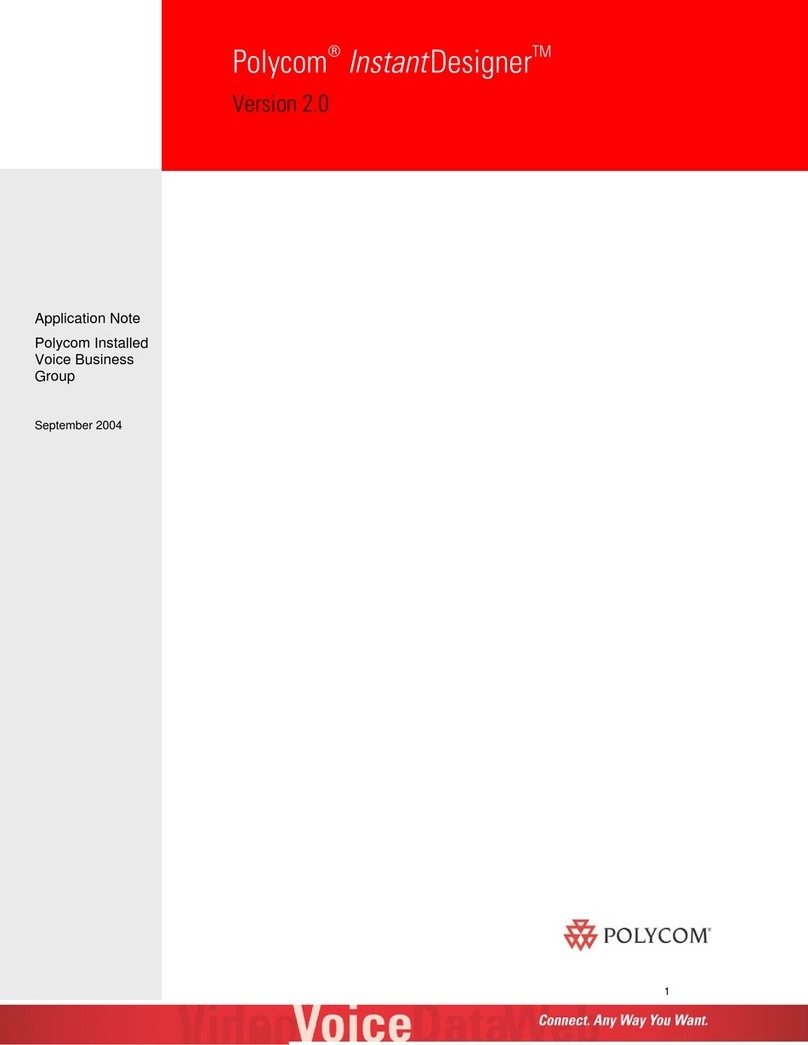
4
Installation...........................................................................................................................6
System Requirements:.....................................................................................................6
Installing Application......................................................................................................6
Main Setup ..................................................................................................................7
Welcome......................................................................................................................7
License Agreement......................................................................................................8
User Information.........................................................................................................9
Destination Location...................................................................................................9
Setup Type.................................................................................................................10
Options......................................................................................................................11
Select Program Folder...............................................................................................11
Registration ...............................................................................................................12
MediaFACE® 4.01 Installation Complete................................................................12
Image Library Installation.........................................................................................13
Image Library Installation Complete ........................................................................13
Uninstalling the Program ..........................................................................................14
Chapter2: Design Wizard..................................................................................................16
Starting the Wizard........................................................................................................16
Select a Project Template..........................................................................................16
The Work Area..........................................................................................................17
Select a Background..................................................................................................18
Add Picture................................................................................................................20
Working with Images................................................................................................21
Select Text Layout ....................................................................................................23
Working with Text....................................................................................................23
Printing......................................................................................................................27
Calibration Wizard....................................................................................................29
Chapter 3: Advanced Mode...............................................................................................34
Launching the Advanced Interface ...............................................................................34
Chapter 4: The Work Area................................................................................................36
Menus............................................................................................................................36
Toolbars.........................................................................................................................39
Customizing Menus and Toolbars.................................................................................41
Palettes ..........................................................................................................................42
Workspace Navigator....................................................................................................44
Window Views..............................................................................................................45
Chapter 5: Creating a Label ..............................................................................................47
Selecting a Project Template.........................................................................................48
New Project Wizard......................................................................................................49
Saving Your Label ........................................................................................................65
Advanced Mode ............................................................................................................66
Workspace Navigator....................................................................................................67
Inserting Images............................................................................................................72
Working with Images....................................................................................................77




